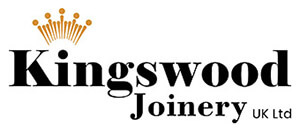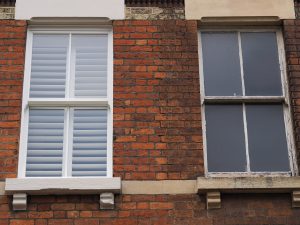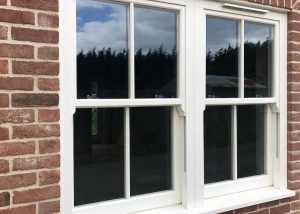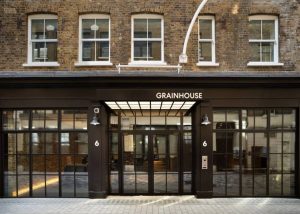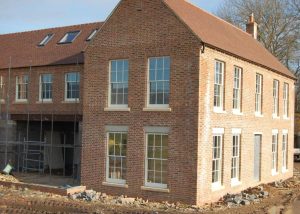Facts about Harrogate
General Info
Harrogate is a spa town in the district and county of North Yorkshire, England. Historically in the West Riding of Yorkshire, the town is a tourist destination and its visitor attractions include its spa waters and RHS Harlow Carr gardens. 13 miles (21 km) away from the town centre is the Yorkshire Dales National Park and the Nidderdale AONB.
Harrogate grew out of two smaller settlements, High Harrogate and Low Harrogate, in the 17th century. For three consecutive years (2013–2015), polls voted the town as “the happiest place to live” in Britain. Harrogate spa water contains iron, sulphur and common salt. The town became known as ‘The English Spa’ in the Georgian era, after its waters were discovered in the 16th century. In the 17th and 18th centuries its ‘chalybeate’ waters (containing iron) were a popular health treatment, and the influx of wealthy but sickly visitors contributed significantly to the wealth of the town.
History
In medieval times Harrogate was a place on the boundary of the township of Bilton with Harrogate in the ancient parish of Knaresborough, and the parish of Pannal, also known as Beckwith with Rossett. The part within the township of Bilton developed into the community of High Harrogate, and the part within Pannal developed into the community of Low Harrogate. Both communities were within the Royal Forest of Knaresborough. In 1372 King Edward III granted the Royal Forest to his son John, Duke of Lancaster (also known as John of Gaunt), and the Duchy of Lancaster became the principal landowner in Harrogate.
Harrogate’s development is owed to the discovery of its chalybeate- and sulphur-rich spring water from the 16th century. The first mineral spring was discovered in 1571 by William Slingsby, who found that water from the Tewit Well in High Harrogate possessed similar properties to that from springs in the Belgian town of Spa, which gave its name to spa towns. The medicinal properties of the waters were publicised by Edmund Deane; his book, Spadacrene Anglica, or the English Spa Fountain was published in 1626.
